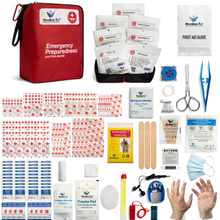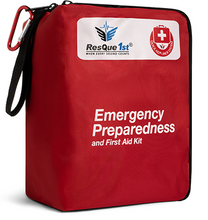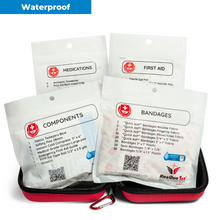
Ouch! You’ve run too long in those new shoes without first breaking them in...
Ouch! You’ve practiced “Stairway to Heaven” just one too many times on your guitar...
Ouch! You’ve spent the afternoon raking the yard...
Ouch! You’ve hiked, rowed, lifted weights, played tennis, or run…
And now a blister is forming on your hand or foot. Not only is it painful, but it can keep you from dancing, playing, raking, hiking, rowing, lifting, running. You get the picture.
So what do you do? You learn all about blisters so that you can easily treat them when you or a family member is laid low by this small but insidiously painful ailment.
What is a blister?
A blister is a pocket of blood, plasma, serum or pus that forms between the upper layers of skin to help protect and cushion the layers below. There are a number of causes of and types of blisters. The main ones are blisters formed as a result of friction, burns, frostbite or certain medical conditions, such as contact dermatitis or the chickenpox. Blisters can appear as one circular bubble or as a cluster of bumps.
In this article we are going to focus on blisters caused by friction.
A friction blister is formed when the layers of skin rub against each other and separate. Then plasma fluid fills the pocket. This plasma protects the lower layers of skin and encourages the growth of new skin. As the new skin forms, the fluid slowly disappears and the old skin will dry and peel off.
How to treat a blister
It is generally not recommended to pop a blister because the wound will be open and could become infected.
Once a blister has formed, it is best to just cover it up with a band-aid, gauze or a donut-shaped piece of moleskin. You can also help it heal by putting on hydrogen peroxide and an antibiotic ointment. Popular home remedies include aloe vera gel, witch hazel, green tea, apple cider vinegar and castor oil.
If the blister does pop, leave on the dead skin because it will provide some protection until the new skin forms underneath. Allow the fluid to drain off, then wash the area with warm, soapy water and apply a sterile, dry dressing.
When to see a doctor
According to WebMd.com, you should see a doctor if you have these signs of a virus or infection while you have the blister: fever, chills, flu-like symptoms, pain, swelling, redness or warmth, red streaks leading away from the blister or pus oozing from it.
How to prevent a blister
To prevent a friction blister, the obvious thing to do is to remove the cause of friction. Here are some examples:
- Wear shoes that fit well and break them in before wearing them for an extended period of time. This prevents rubbing.
- Wear socks that wick away moisture and change them frequently. Especially when performing exercise and doing sports. This prevents slipping and rubbing.
- Wear gloves when using tools, doing manual work or playing a sport that involves holding a bat or stick. Again, this prevents the top layers of skin from rubbing against one another.
- Tape your feet or hands to prevent friction. Ideally you should apply the tape prior to any activity that may cause blisters. For example, tape your toes, heels or other parts of your feet that rub against shoes before running or hiking; tape up your hands before doing gymnastics, lifting weights, or raking the yard. At the very latest, apply a band-aid, moleskin or tape to the area when you feel the “hot spot” forming. The “hot spot” is the pre-blister stage when the skin feels warm and is starting to turn red.
Have an emergency kit to hand so that you have the supplies you need wherever you are to quickly treat your blister and reduce the amount of time it takes to heal. Use these tips to prevent and treat them and don’t let blisters slow you down!








